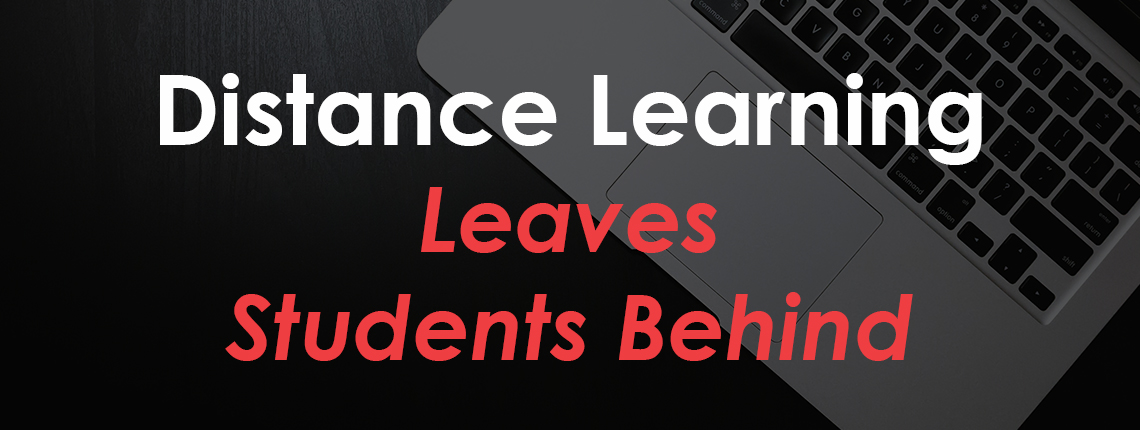The abrupt nationwide shift to Distance Learning has underscored the effects of poverty on education. Educators were left scrambling, often with little or no budget, to acquire needed resources for virtual instruction. As a result, hundreds of students across the country have been left behind, many of whom were already facing obstacles, such as food insecurity, family instability, and/or homelessness, to obtaining the education they deserve.
Even before Distance Learning, educators were struggling to provide students with the supplies they need to succeed. Low-income households often cannot afford classroom supplies, and school budgets continue to face cuts. This leaves teachers little choice but to spend their own money (an average of $745 a year) to stock their classrooms with everything from basic supplies to technology.
Distance Learning has led to even more out-of-pocket spending by our nation’s teachers. Our 2020 survey of nearly 4,000 teachers found that forty-five percent of PreK-12 teachers spent more on supplies since Distance Learning began. The average amount teachers spent out-of-pocket on Distance Learning materials amounts to $252 this year alone.
“Due to remote learning, I had to spend more than $150 on mailing supplies and assignments to students. I also had to purchase an online academic resource to supplement student learning. To continue teaching my students remotely, I will need to purchase a new printer/scanner, copy paper, and a portable white board.”
-2020 Teacher Survey Respondent
Unfortunately, for students whose families cannot afford the time or resources required for Distance Learning, the efforts of their teachers may not be enough to keep them engaged, or lessen the effects of poverty on their education. Surveyed teachers estimate that forty-three percent of students were disengaged during distance learning this spring. They believe more than half of their disengaged students did not have access to the internet at home.
“My students were already struggling. This pandemic caused a further dip in their learning. With students being low-income, some didn’t have internet access, some didn’t have access to working technology and were continuously having issues, and some families didn’t have experience with using the internet, so students were consistently having problems with doing their work.”
-2020 Teacher Survey Respondent
The effects of poverty on education are numerous. Lack of access to technology is just one reason students are struggling with Distance Learning. Eighty-five percent of surveyed teachers said their disengaged students did not have a parent or guardian who could oversee their education during Distance Learning. This disproportionately affects students in low-income households.
“Our school is located in Watts, right across from Nickerson Gardens, a well known housing project in Los Angeles,” said Ashley, an educator in the Watts neighborhood of Los Angeles. “Our students are Title 1 so they are mostly low income. A lot of our parents are essential workers – they’re in grocery stores, they’re the people who stock the shelves – so they’re not able to be home as much as parents in other communities.”
Faced with the challenges of Distance Learning, students who live in poverty are falling even further behind academically; educators, whose personal investment in their students was enormous to begin with, is now off the charts; and schools are facing even larger budget cuts than before. The good news is we can help.
Click here to support AdoptAClassroom.org. Your donation will provide immediate relief to educators nationwide, and help lessen the effects of poverty on education. Now more than ever, educators need our support.
Click here to learn about how we have been supporting high-needs educators impacted by COVID-19.
